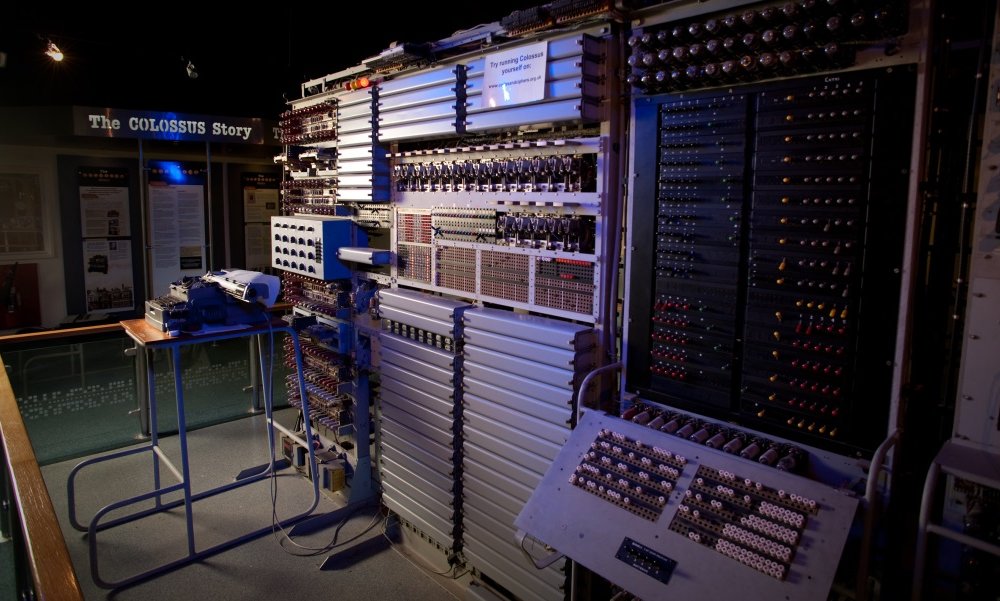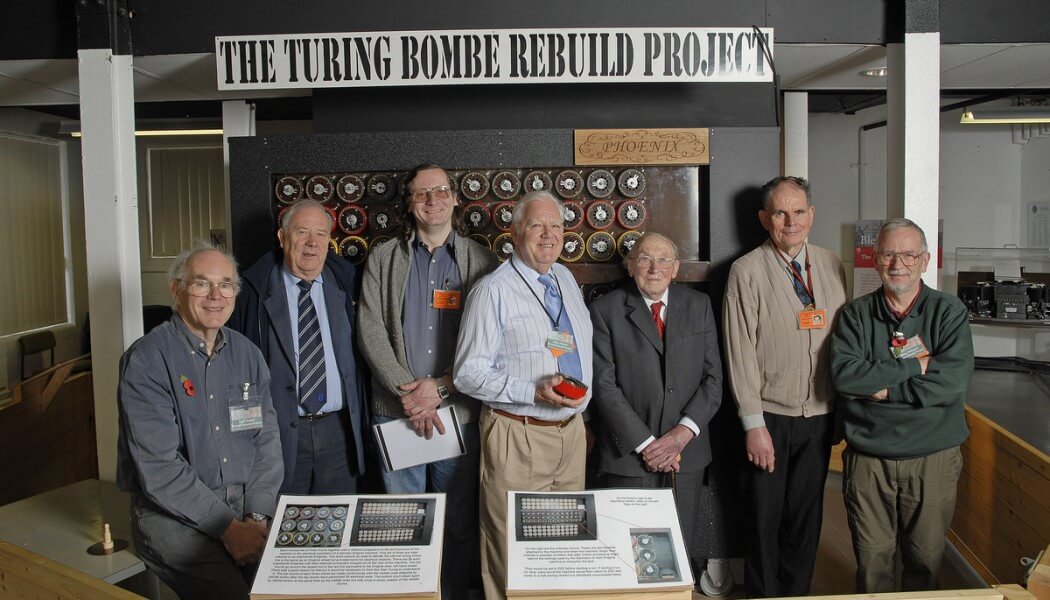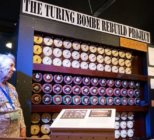Designed by British mathematician Alan Turing at Bletchley Park during the early stages of World War II, the Turing-Welchman Bombe was an electro-mechanical device used to decipher German communications encoded by the Enigma machine.
Andrew Herbert, chair of TNMOC, said that together the reconstructed Colossus and Bombe machines will give visitors an unparalleled insight of the wartime code-breaking genius at Bletchley Park and the beginnings of our digital world.
The proposed move comes following the announcement of the re-organisation of some of the Bletchley Park Trust display areas, the Turing Welchman Bombe Rebuild Trust (TWBRT), which owns and maintains the Bombe, reconsidered the best location for its fully working Bombe reconstruction.
After assessing several options, the TWBRT approached The National Museum of Computing, which has agreed to host the Bombe reconstruction in Block H close to the rebuild of Colossus.
“After careful consideration of the options, TWBRT Trustees approached The National Museum of Computing, which agreed to host the Bombe exhibit,” said John Harper, chair of TWBRT. “Our team of volunteers is looking forward to continuing to demonstrate how the Bombes made their vital contribution to Bletchley Park’s wartime role in the new venue. We thank the Bletchley Park Trust for their co-operation over the years and are pleased that the story of the Bombe will remain very much part of the story that it tells.”
The TWBRT Bombe is a fully functional and accurate reconstruction of the wartime Bombe as designed by Alan Turing and refined by Gordon Welchman. It was used to discover the daily settings of the Enigma machines which were used to communicate operational messages across enemy military networks.
In contrast, the rebuild of Colossus, a key exhibit at TNMOC, was used to find the wheel settings of the Lorenz cipher machine, used by Hitler and German High Command to communicate strategic messages.

One of the benefits of having the Bombe at the museum is the design of the computer by Turing, who is considered the father of computer science, leads into the eight decades of computing that the museum curates. A further benefit of the relocation is that as working reconstructions both the Bombe and Colossus need constant maintenance, skills for which TNMOC volunteers are globally renowned. “There will be a very real synergy of the complementary skillsets of the Bombe and Colossus teams who have a profound understanding of the technologies available to those astonishing code-breaking pioneers,” said Herbert.
The timing of the relocation of the reconstructed Bombe will be within the next few months and new Bombe Gallery design is currently being finalised.
Relaxed Opening sessions 2018
Paessler AG, the global network management specialist and makers of PRTG Network Monitor, is sponsoring the 2018 Relaxed Opening sessions at The National Museum of Computing.
First launched in TNMOC last year to benefit families with autistic children, the Relaxed Opening sessions have been a huge success and have been supported by a Museums + Heritage Prize Fund.
Visitors during the Relaxed Opening sessions know that the Museum will be less busy, and that staff will be particularly alert to their needs. Paessler has provided funding to enable the museum to provide its 2018 Relaxed Opening free of charge to visitors, to train guides and stewards to meet the needs of visitors and to enable further development of the initiative.
Sunday 18 February 2018
Friday 6 April 2018
Friday 1 June 2018
Friday 27 July 2018
Friday 24 August 2018
Friday 2 November 2018
Early registration is strongly recommended because visitor numbers must be limited. To register please email [email protected].
To help visitors, sensory maps and a visual story are available on the TNMOC website so that they can know exactly what unusual sounds and sights to expect in particular parts of the Museum.








